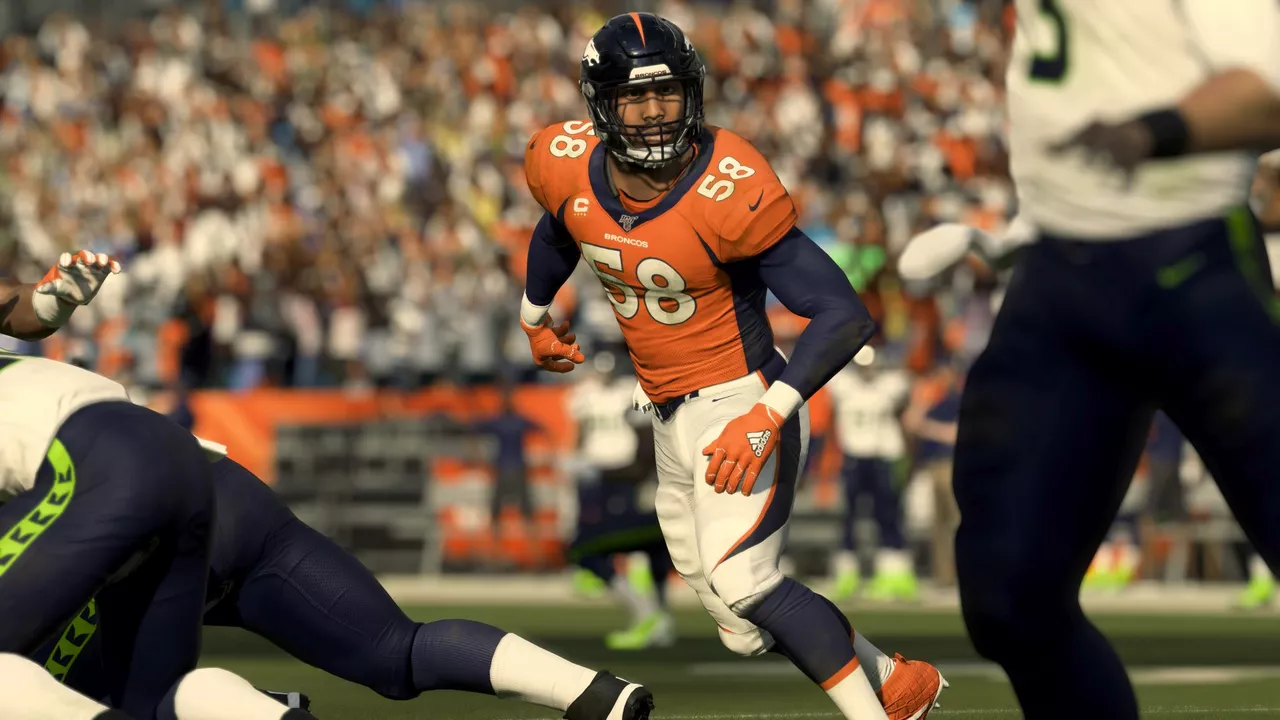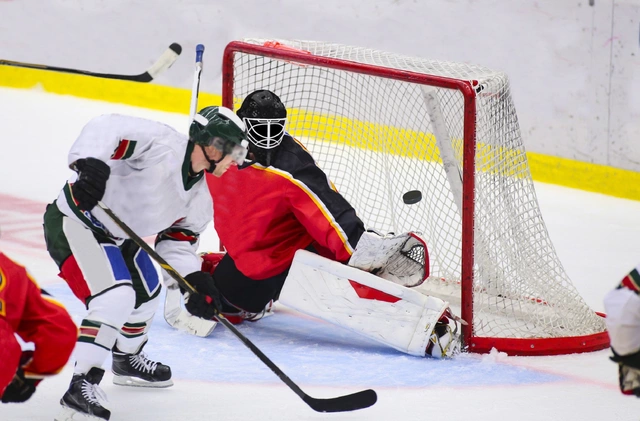Sports Rules Every Hockey Fan Should Know
If you love hockey, knowing the basic rules makes every match more exciting. Whether you watch on TV, cheer from the stands, or lace up your own skates, the rules shape how the game flows. This guide breaks down the must‑know points in plain language so you can follow the action without getting confused.
Why Understanding Sports Rules Matters
Rules are the backbone of any sport. They keep play fair, protect players, and create the drama we love. In hockey, a rule change can turn a slow game into a fast‑paced sprint. Knowing the rulebook helps you spot fouls, cheer the right moments, and avoid embarrassing mistakes when you step onto the ice.
Take the number of players, for example. Ice hockey fields six players per side on the ice: a goalie, two defensemen, two wingers and a center. Field hockey uses eleven players on each side, while street hockey often runs with fewer, depending on the court size. These differences affect positioning, strategy, and the types of passes you’ll see.
Common Hockey Rules You Should Know
Defensemen Count – Most clubs keep six defensemen on the roster, split into three pairs. Coaches rotate pairs to keep players fresh and adapt to the flow of the game. Injuries or tactical choices can shift the lineup, but the three‑pair system stays the standard.
Artificial Turf Benefits – Modern field hockey is almost always played on artificial turf. The smooth surface eliminates grass unevenness, speeds up the ball, and reduces injury risk. It also means the ball travels the same distance every time, making skill execution more consistent.
Street Hockey Stick Modifications – Some players wonder if they can turn a regular stick into a street hockey stick with tape. Technically you can, and the tape adds grip, but the stick won’t be as durable or perform as well as a purpose‑built street stick. If you play often, investing in a proper stick pays off in control and safety.
Three Stars of the Game – The NHL tradition of naming three standout players each night began in the 1930s in Toronto. Today the practice highlights the best performances and adds extra excitement for fans. Knowing this tradition helps you understand why commentators call out the “first star” late in the broadcast.
Fighting Rules – Hockey fights are rare and regulated. Most leagues enforce penalties that range from five‑minute majors to game ejections. While fights add a gritty edge, the rules aim to keep blood and injuries to a minimum.
These rules are just the tip of the iceberg, but mastering them gives you a solid foundation. Next time you watch a Swindon Hockey Central match, you’ll spot why a referee whistles, why a player chooses a certain position, and how the surface influences play.
Keep this guide handy, and you’ll never feel lost on the ice again. Understanding sports rules isn’t just for players; it’s for anyone who enjoys the fast‑paced thrill of hockey. Happy watching!
As a sports enthusiast, I've often wondered why NFL games tend to be longer than NHL ones. The primary reason lies in the structure and rules of each game. NFL games consist of four 15-minute quarters with stoppages for timeouts, injuries, commercials, and halftime, which can significantly extend the total duration. On the other hand, NHL games have three 20-minute periods with shorter stoppages and less frequent commercial breaks. So, despite the NHL's periods being longer on paper, NFL games typically last longer due to these additional breaks and interruptions.
Read more





